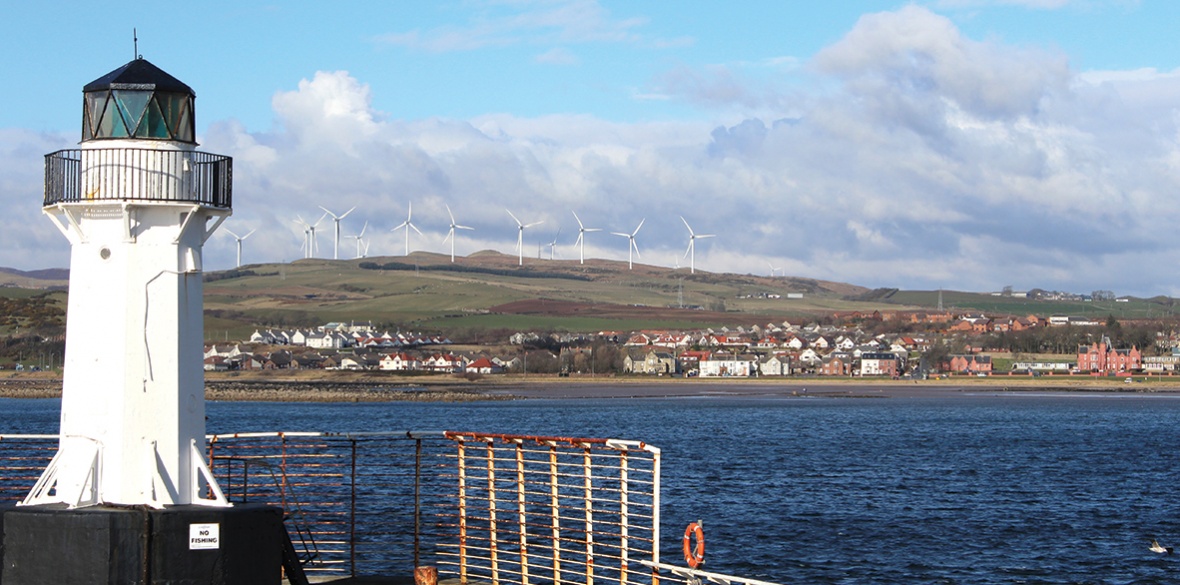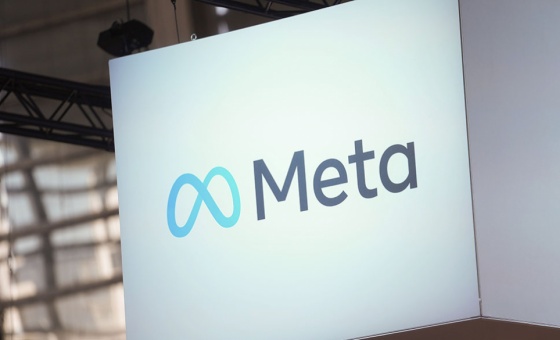This is the last article you can read this month
You can read more article this month
You can read more articles this month
Sorry your limit is up for this month
Reset on:
Please help support the Morning Star by subscribing here
TRIPS to the Ardrossan harbour used to be frequent and a joy — there’s a sentence you won’t read every day.
I grew up just down the road in Saltcoats, near a beach that used to fill up with tourists from Glasgow, even after the advent of the Spanish package holiday.
Some days, Arran looks close enough that you could reach out and touch it from Saltcoats beach, other times, even in the best of weather, it seems to disappear altogether, the black and white striped ferry remaining reassuringly visible.
I used to think I could reach out and touch that too. There’s a memory of floating in the space between the pier and a vast steel hulk, my arm stretching out, not quite making it, and looking down at the space in between.
“Whit are ye up tae Matt?”
“Just showing the boy the boats,” my papa replied as he pulled me back in. He took me down there most days after he picked me up from playgroup, if the Mini was working.
The docks were already well into decline by then, the Arran ferry and aggregate deliveries to the Basin were pretty much all that kept the whole thing afloat.
An Asda stands where the Ardrossan and Saltcoats Herald was once created, I remember reading in it about the new Arran ferry crashing into the pier. The captain had apparently had a drink, damage done, but no-one hurt. That ferry was aptly named the Isle of Arran.
Over the years, newer, bigger ferries were built to cater for what became the busiest route in CalMac’s operations, each time needing upgrades to the pier to accommodate the new tonnage, until, that is, the recent period of arrested development.
This week, the Glen Sannox entered service, built at Ferguson’s just like the Isle of Arran which, 40 years after its launch the Tory secretary of state George Younger watched his daughter send it down the slipway had returned to the route, had returned to the route as CalMac desperately tried to maintain lifeline services with too few boats.
Unlike 1984, the Glen Sannox was delivered six years late and more than four times overbudget. It’s spectacular stuff, that has generated endless political wrangling, some blaming the SNP, others mismanagement at Ferguson’s, CalMac, or at CMAL the organisation that actually procured and now owns the ships.
Much of this debate, it seems to me, manages to completely miss the obvious source of the problem, because to tell the truth would be to admit that certain cornerstones of Scotland’s agonising political consensus might just have a huge flaw.
Ferguson’s, CalMac and CMAL are all owned by the Scottish government. Ferguson’s is the most recent addition to the portfolio, having found itself on the brink of collapse amid legal wrangles as the costs for the ferries ran out of control. CalMac’s forerunner was finally fully nationalised in 1969, and by 1973 it found its name and enjoyed a virtual monopoly in lifeline sailings on the west coast.
CMAL? Well, that’s a slightly different beast. It was formed from thin air in 2006, taking with it ownership of most of CalMac’s assets and all its vessels. For the then Labour-Liberal Holyrood coalition it was a wizard wheeze to get around EU state aid rules which was forcing them to put the essential routes out to competitive tender.
The plan would satisfy the EU by creating a level playing field with any new commercial bidders, while retaining the fleet, which would have to be used by whoever won the right to operate the routes, in public hands.
When the decision was made some years later to purchase new vessels, the SNP administration was no doubt keen to avoid the embarrassment caused to their predecessors when contracts went abroad, and a perfect opportunity presented itself to support domestic production at Port Glasgow.
Jim McColl, engineering billionaire, had recently saved Ferguson’s from closure, but it needed orders. The yard had built many a vessel for CalMac in the past, so why not?
EU state aid and procurement rules meant that CMAL and their owners the Scottish government could not simply hand the contract to anyone they pleased, a tendering process would be required.
The wizard wheeze this time was to contract for vessels that were relatively groundbreaking, experimental even, as a means of getting the desired outcome. There’s nothing unusual about this, it happens all the time as public bodies brand things as “proof of concept” or “pilot” exercises to legally skirt the rules.
The result in this case was a yard being given the task of building hybrid ferries it had no track record in delivering. Not the workers’ fault, they could have done what they had been doing for years and delivered in a fraction of the time, but instead, they were expected to perform miracles.
The final insult of course is that now the Glen Sannox is finally in service, it won’t be able to sail the route it was designed for. Not because of any issues with its build — by all accounts, it’s an excellent vessel — but because despite it being six years late, privately owned Ardrossan Harbour still has not been upgraded to allow it to berth.
Instead, it will sail on a longer journey to Troon, a good harbour, but whose Wee Hurrie fish and chip shop — great as it is — is no substitute for a train station on site.
The Scottish government’s Ardrossan Harbour Taskforce, hosted by Transport Scotland has been meeting since 2017 to discuss its future and how the Glen Sannox may dock there.
In its eight years, it has seen half-a-dozen transport ministers come and go, the continued deterioration of the port, and the town’s fragile economy get kicking after kicking.
If there’s a lesson to be learned in this sorry saga, it’s that the centrist-managerialist dictum of simply meaning to do the right thing isn’t enough.
If it isn’t, the sight of the boat and an economic future for Ardrossan will remain just out of reach, while Arran vanishes from the horizon once more.







